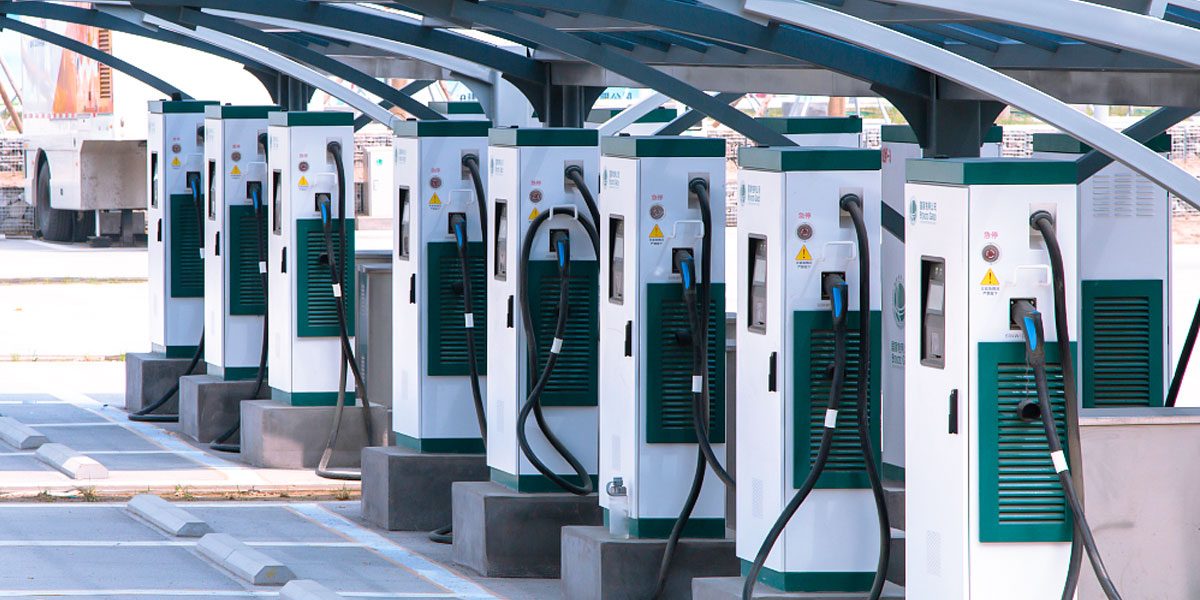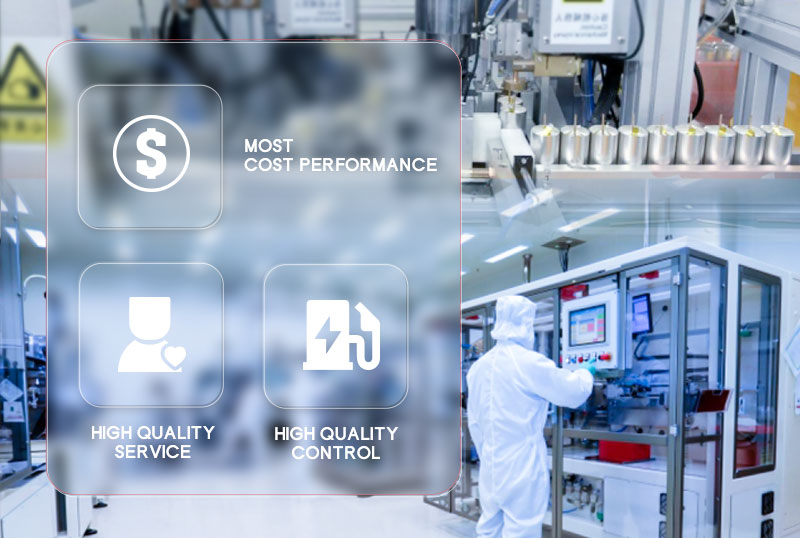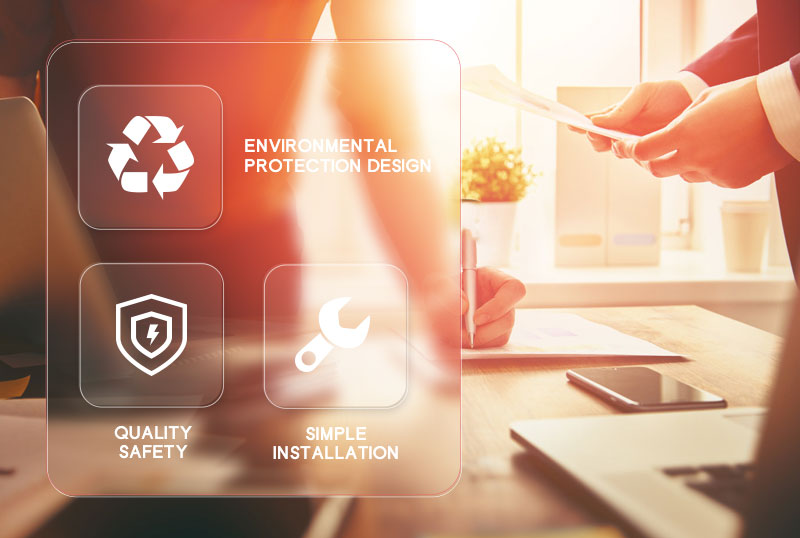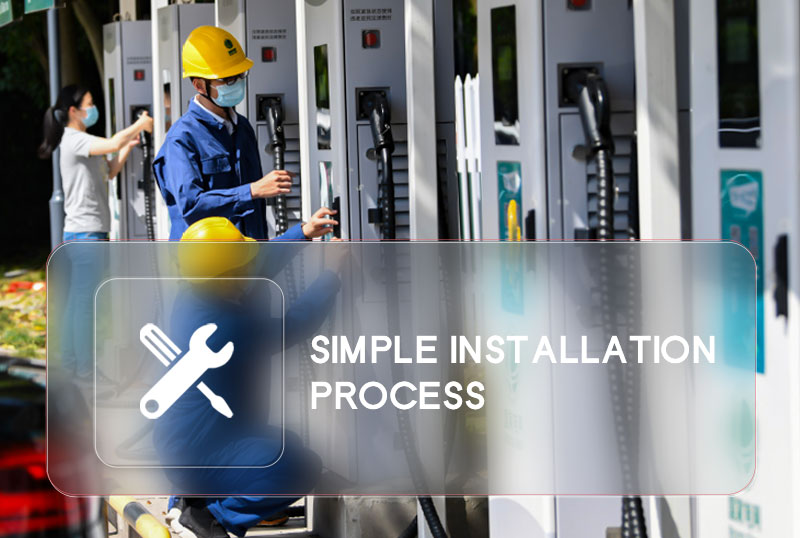Charging Pile

Charging pile is the charging station of electric vehicles, a terminal device for charging new energy electric vehicles, and an essential basic supporting facility for the rapid development of new energy electric vehicles. The shape of the charging pile is like a stopwatch for parking time. The charging pile design can realize the charging of time, electricity degree and amount. The rapid development of new energy electric vehicles needs the rapid development and popularization of charging piles as the basis.
How to choose the most suitable charging pile equipment?

Steps to quickly purchase charging pile truck equipment
1、Click to consult
2、Get in touch with our engineers
3、Determine the design scheme
Most People Ask :
You need to choose a charger that is suitable for the amperage or current level of your car and your home’s available power. The National Electrical Code requires that the rated current of the circuit be 25% greater than the output current of the charger.
Level 2 equipment is charged through 240V AC plug, which requires home charging or public charging equipment. These devices require a dedicated 40 amp circuit.
The battery of PHEV is usually much smaller than BEV, and the charging speed using the slow charging point is almost four times faster. It only takes two hours to fully charge PHEV with a slow charging point, while it takes about 8 hours for BEV.
How to confirm the scheme design of charging pile equipment?

Quick confirmation of several major steps of charging pile equipment scheme design
1、Communicate needs with engineers
2、Review the design scheme
3、Determine the design scheme
Most People Ask :
Electric vehicle charging involves three main components: electric vehicle, power socket and connecting cable. The electric vehicle is plugged into the power station through the connecting cable to charge the vehicle battery when needed.
Level 4 chargers can provide more than 1 MW of power to quickly charge large battery packs, such as those in electric trucks.
How do I choose the components of a Charge Point device?

Three points to ensure rapid procurement of charging pile equipment components
1、Click to consult
2、Contact the Engineer
3、Confirm requirements
Most People Ask :
Components of charging station: (1) power supply; (2) Three phase power; (3) Charge pile; (4) Master; (5) Server with database; (6) Asynchronous serial connection; (7) Communication TCP/IP (Transmission Control Protocol/Internet Protocol); (8) Slaves.
There are three main types of EV chargers – fast, fast and slow. Power is measured in kilowatts (kW). Note that these represent the power output and charging speed that can charge the EV.
The charging system provides electrical energy to power the vehicle and maintain battery charging when the vehicle is running. Your vehicle’s charging system consists of three parts: battery, alternator and voltage regulator. The battery provides the power needed to start the engine.
How does the Charge Point equipment work?

Three points to ensure safe operation of charging pile equipment
Most People Ask :
We will tear it down and create a sticker: the most common power supply for charging stations is natural gas. It is cheap, rich and easy to use. But not all electricity is generated solely from fossil fuels, as charging stations are connected to the “grid”. Your house is connected to the power grid.
The electric vehicle can be charged at home or at any public charging station. It only takes 30 minutes to fully charge the car, or it may take up to half a day. How big your battery is, or how fast your charging point is, may change the time required.
How to test the quality of charging pile equipment?

Key quality points of N charging pile equipment
1、Complete and pass the test required for the energy storage equipment.
Most People Ask :
There are three levels of EV charging. Level 1 uses 120 volt power, and electric vehicles require all day (and night). Level 2 uses 240 volts and charges the EV within a few hours. Level 3 (DC fast charging, Tesla super charging) can be completed in less than an hour at the public charging station.
These charging connectors are different for electric vehicles and fall into two categories – standard class 1 and class 2 connectors, and DC fast charging connectors.
How to choose the transportation and packaging mode of charging pile equipment?

2 points to ensure the transportation and packaging safety of charging pile equipment
1、Complete and pass various transportation tests
2、Reinforce the packaging of household transport equipment
Most People Ask :
Charging pile (or charging station) can convert electric energy on the grid into electric energy standard for charging electric vehicles. Charging pile generally provides two charging modes: slow charging and fast charging.
There are three common battery charging methods; Constant voltage, constant current and constant voltage/constant current combination, with or without intelligent charging circuit.
How to install the charging pile?

Three common installation methods of charging pile
Most People Ask :
No, unless you are an electrician with experience in installing EV chargers, do not do it yourself. Always employ experienced and certified installers.
The cost of installing a new station, installing a new service panel, wiring, and installing a 240 volt socket is between $1500 and $4500. This is also true if you need a lot of wiring, or if you need to dig trenches and lay conduits in your home.
You can use a dedicated home charger to charge your electric vehicle at home (standard 3-pin plug with EVSE cable can only be used as a last resort). Electric vehicle drivers choose home charging points to benefit from faster charging speeds and built-in safety features.
Sourcing Guide Download
